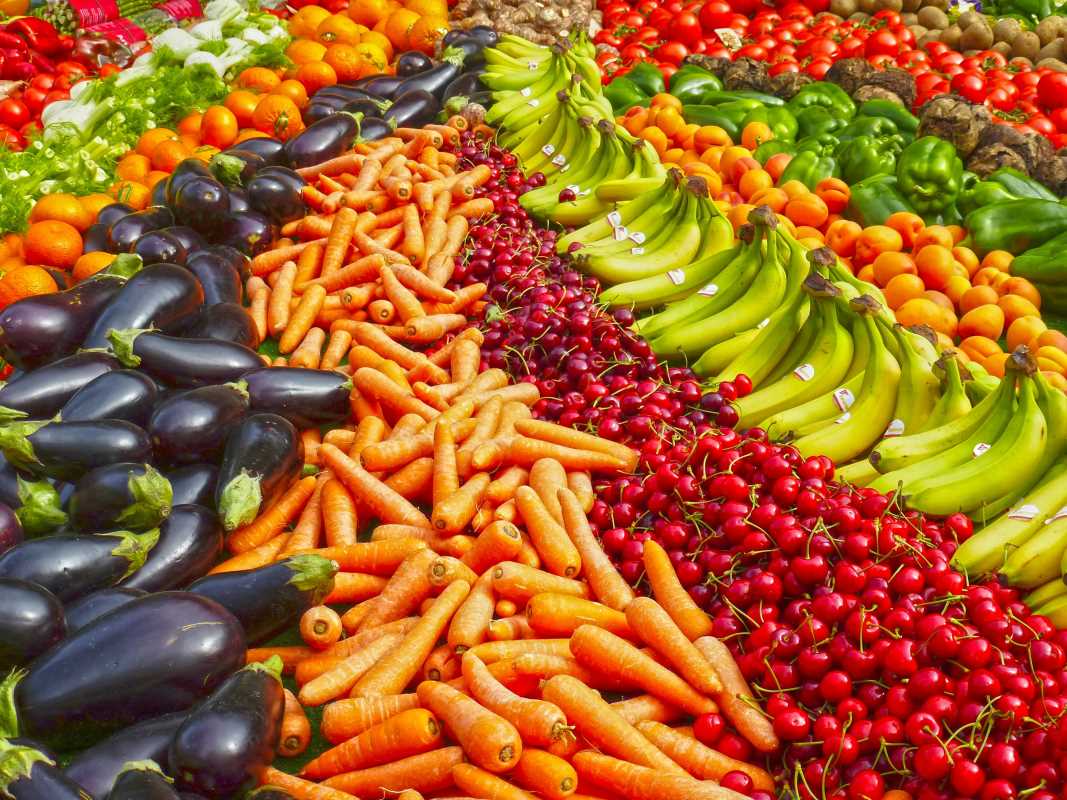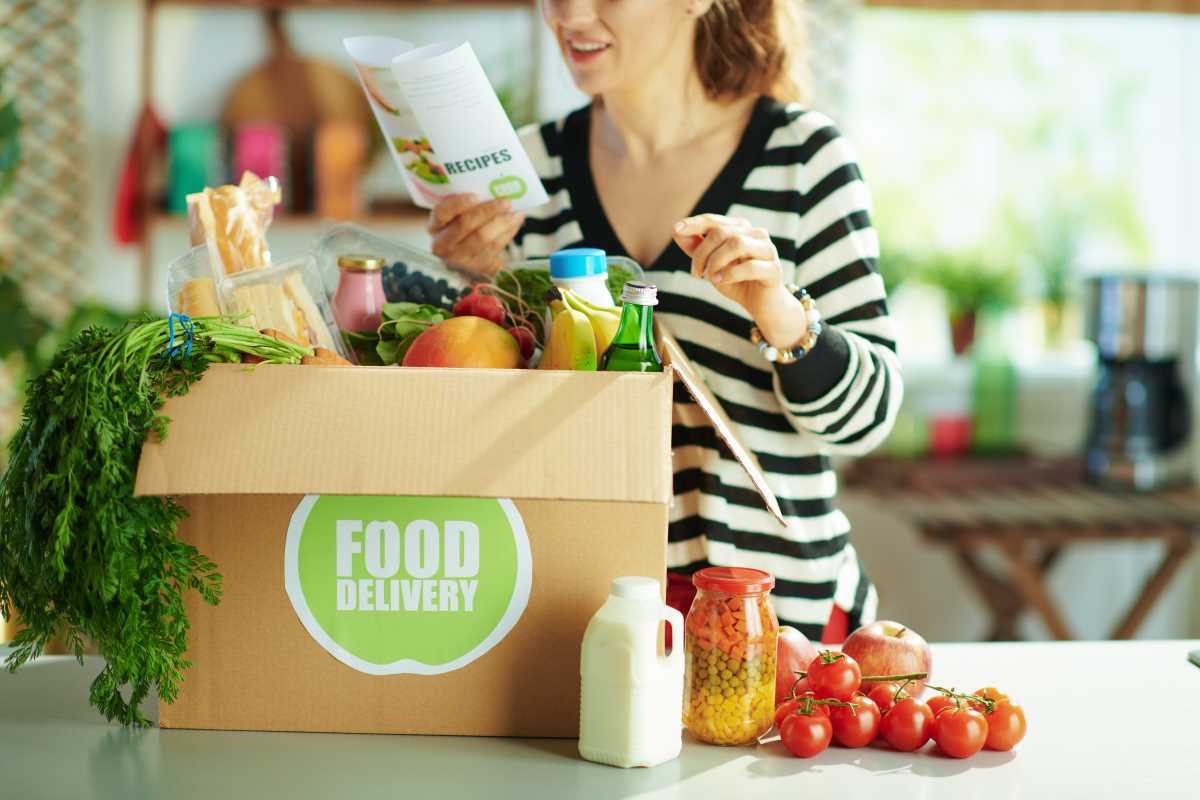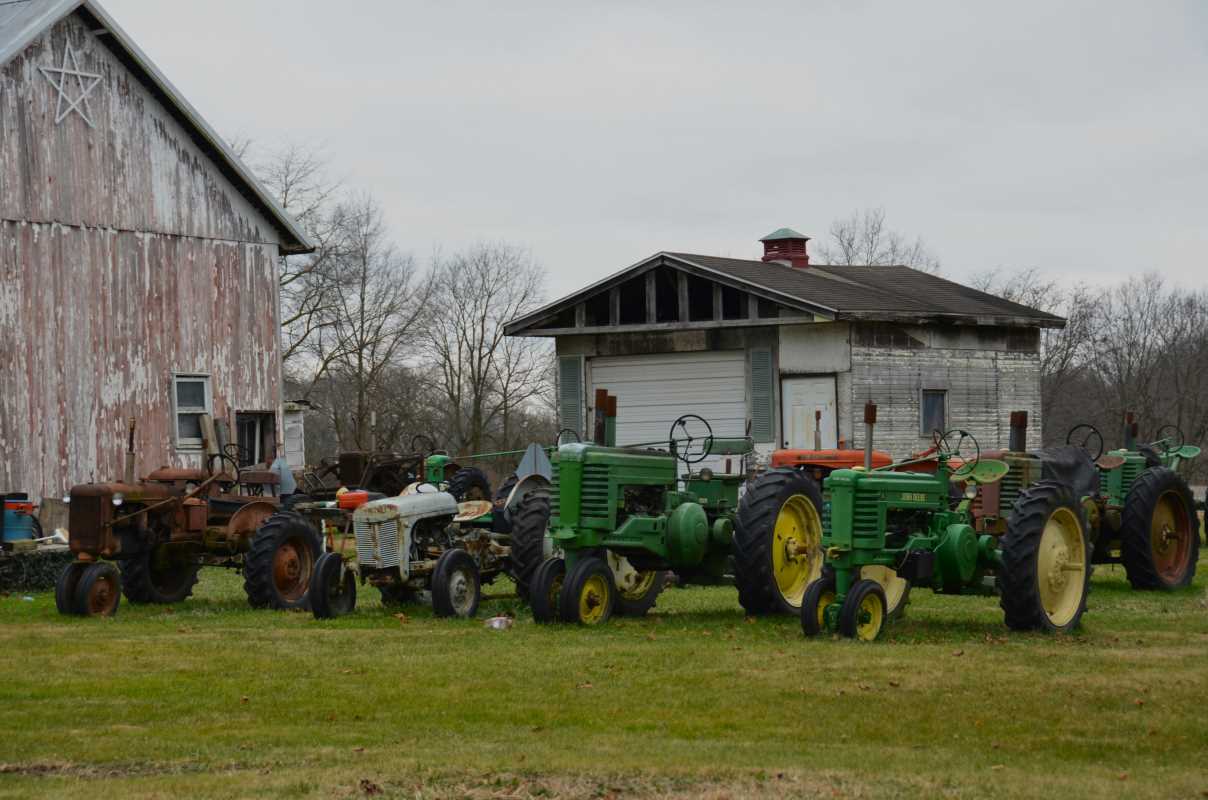Setting up your own stall at a local market lets you take charge of what you offer and how you present it. You can connect with people who value fresh, quality goods and enjoy sharing the story behind your products. A thoughtful arrangement not only highlights your best items but also welcomes visitors, encouraging them to explore and engage with your display. By shaping the atmosphere and presentation, you make your stall a destination for those seeking something special, helping to build lasting relationships with your customers.
Designing a stall that stands out requires careful planning, attention to detail, and knowledge of the market. This guide breaks down the process into five clear steps that help you set up a thriving setup that fits your space and resources.
Effective Steps for Setting Up Your Market Stall
Choosing high-quality items suited to your area is the first step. Focus on products that are fresh, unique, and represent what your land produces best. Think about seasonal variations and incorporate a variety of choices, ensuring that you have something appealing for every customer.
Consider these product ideas and key points when planning your offerings:
- Fresh vegetables and seasonal fruits that highlight local growth
- Handcrafted jams, pickles, and preserves made from your harvest
- Organic eggs and farm dairy products for quality-conscious buyers
- Artisan breads and locally sourced baked goods
- Herbs, flowers, and handmade crafts that complement your produce
Each item should tell a story about the care and effort you put into your work, turning your stall into a destination for quality.
Preparing Your Stall and Equipment for Success
Creating a welcoming space starts with careful planning of the physical setup. Your stall should be organized, attractive, and built to handle the day's traffic. Invest in durable equipment that withstands the elements while enhancing your presentation.
Begin by checking off these essential equipment needs:
- A sturdy canopy or tent that provides shade and shelter
- Tables and benches for displaying your products
- Display racks or shelves designed for easy browsing
- A cooler or insulated container for perishable goods
- Clear and visible signage that communicates your brand
This checklist not only keeps you organized but also ensures that your stall makes the best impression on potential customers.
Understanding Local Regulations and Market Rules
Knowing the local rules and regulations is a vital part of setting up your stall. You must ensure that you follow health policies and market guidelines. Gathering the necessary documents beforehand can prevent issues later.
Keep in mind these critical steps:
- Obtain the required market permits and food safety certificates
- Secure liability insurance to protect your business
- Stay updated on local health inspection procedures
- Confirm that your setup meets the safety guidelines of the location
Clear communication with market officials and regular reviews of regulations will help you keep your business credible.
Attracting Customers and Marketing Your Stall
Once your stall is ready, it’s time to draw in customers. Use a blend of creative promotions and word-of-mouth to generate excitement in your community. Showcase your products with vibrant displays and a friendly pitch that tells your story.
Here are some ideas to catch the attention of your local crowd:
- Organize tasting sessions that let people try your specialties
- Use social media platforms and local online groups to announce your stall
- Put up eye-catching banners or flyers that emphasize your unique offerings
- Offer small discounts for first-time visitors to encourage repeat business
- Build partnerships with nearby vendors for cross-promotional events
Make your stall a profitable farmers’ market stall by actively engaging with visitors and clearly presenting your value.
Managing Daily Operations and Increasing Your Earnings
Running a stall involves daily attention to both operations and customer experience. Staying organized, setting competitive prices, and maintaining a warm atmosphere form the backbone of a successful market presence. Hands-on management ensures that each day proves profitable.
Focus on these routines and operational details:
- Open your stall with a clear setup routine and a quick review of stock
- Set competitive pricing by comparing similar items in the market
- Offer friendly, knowledgeable service that invites feedback and repeat visits
- Keep a detailed log of sales and customer preferences to adjust your offerings
- Prepare for busy periods by having backup supplies and streamlined procedures, ensuring smooth operations throughout the day at your farmers market
Organized practices like these help you respond quickly to market trends and build a loyal customer base over time.
Your commitment shapes a welcoming space that encourages repeat customers. Embrace tools and habits that help your business grow.
 (Image via
(Image via





